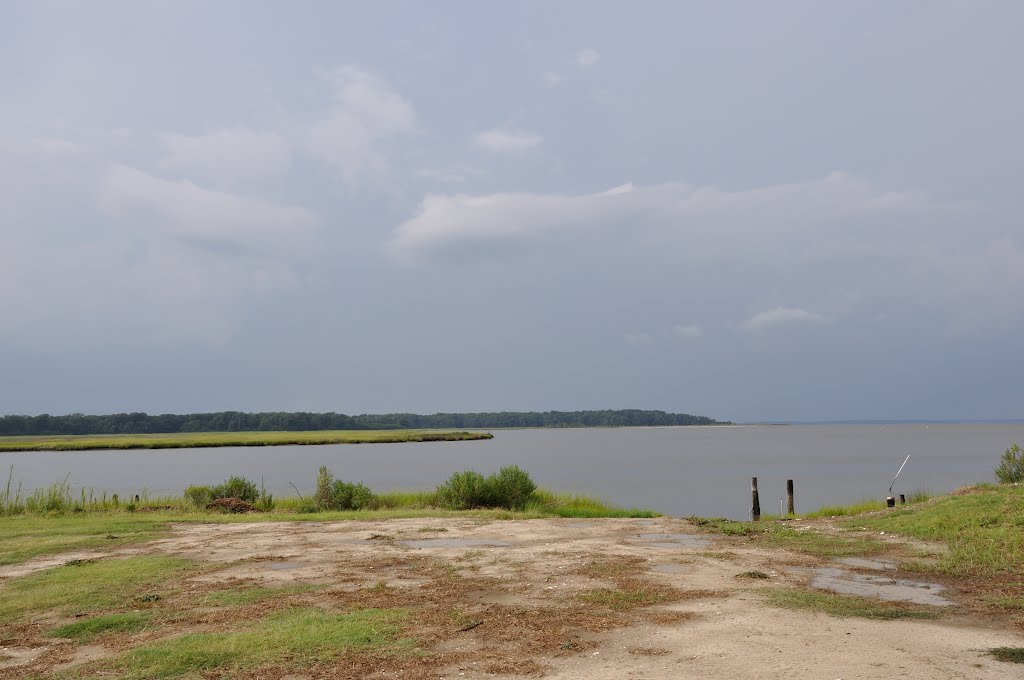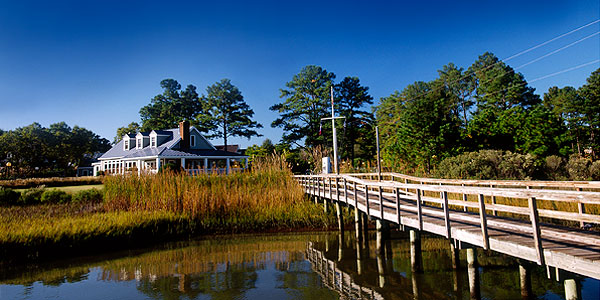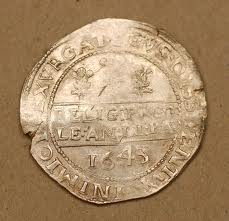Families in Isle of Wight County, Virginia Genealogy, Wills, Estates, Marriages, Court House Records

Indexes to Deeds
1688-1704; 1704-1715; 1729-1736; 1736-1741; 1741-1744; 1744-1747; 1747-1752; 1752-1759; 1755-1782; 1758-1762; 1761-1765; 1765-1772; 1772-1778; 1782-1786; 1786-1793
Marriages
- Marriages (found in Gates County, North Carolina Marriages
- Marriages 1774, 1793-1794, 1800
- Minister’s Returns 1799-1824
The following Images of Wills, Inventores, Estates have been added. Names are not listed due to lack of space:
- 1636 to 1767
- 1661 to 1719 (also deeds, estates, inventories)
- 1715 to 1726
- 1726 to 1734
- 1733 to 1745
- 1745 to 1752
Transcripts and Abstracts of Wills and Estates
Bennett, Robert (1603 LWT)
Brantley, Edward (1739 estate)
Clark, Humphrey (1656), LWT
Cobbs, Joseph (1653), LWT
Cooper, Justinian, LWT
Dunster, Robert (1656), LWT
Gent, John (1728)
Hardy, John, LWT
Elijah Holland, LWT (1857)
Holland, Job, transcript of LWT (1789)
Jewry, William, LWT
Jones, Anthony, LWT
Pitt, Thomas, LWT
Pitt, William, LWT
Reynolds, Christopher, LWT
Rows, John (1734)
Smith, Arthur, LWT
Sugars, John (1726), transcript
Taberner, Joshua, LWT
Valentine, John, LWT
Watson, Robert, LWT
Wilmoth, Edward, LWT
Digital Images of Wills 1794 to 1803
Adkins, Simon ; Allen, William; Applewhaite, Arthur; Athens, John; Ballard, Sally; Bankley, Joshua; Battin, Samuel; Blaney, David Boon, Radcliff Bowzer, James; Brewer, John ; Bridger, Ann; Bryant, William ; Clark, Joseph ; Coggins, Catherine; Copher, Christian; Cutchin, Polly; Darden, Dempsey; Darden, John ; Daugherty, Mary; Dixon, Thomas; Duck, Joseph ; Edwards, Aaron; Edwards, Elizabeth; Edwards, Robert; Edwards, Solomon; Floyd, Samuel; Fowler, James; Giles, John Sr.; Godwin, Henry Bert; Godwin, Joseph ; Gray, Nathaniel; Haile, Hannah; Hamilton, William; Harris, Matthew; Harrison, John, estate; Holland, Robert; Hollowell, William; Holmes, Joseph ; Hunt, James; Hutchins, Jesse; Johnson, Lazarus; Johnson, Michael; Jordan, Lewis; Mitchell, James; Moody, William; Norsworthy, Elizabeth; Pierce, William; Pitt, James; Saunders, Elizabeth; Smelley, William; Smith, Thomas; Spicey, Joseph ; Stallings, Joseph ; Taylor, Charles B.; Taylor, Richard; Thomas, John; Tomlin, Nicholas; Tynes, Benjamin; Tynes, Thomas; Underwood, Anne; Underwood, Sampson; Vellines, Twaits; Watkins, Sarah; Webb, Anne; West, James; Whitley, Nathan; Willis, Miles; Wilson, Solomon; Wombwell, Mary; Woodward, William; Wrenn, Josiah; Wrenn, Thomas; Young, Elizabeth
Digital Images of Wills 1804 to 1808
Atkins, Susanna; Beale, James; Boykin, Thomas Sr.; Brazey, Campion; Bund, Amelia; Chapman, Allen; Chapman, Richard; Daughtry, Richard; Davis, Isham; Downing, James; Driver, Dolphia; Edward, John; Eley, Robert; Flake, Micajah; Fulgham, Charles; Gay, William Sr.; Godwin, Bartlett; Hutchins, Moses; Johnson, Thomas; Nevill, Amey; Parnell, Elizabeth; Pell, Henry; Price, George; Shivers, Jonas; Smith, Susannah; Tallows, James Sr.; Turner, Mary; Turner, Unity; Tynes, Charles; Vaughan, Zilpha; Villines, John; West, John Pitt; West, Priscilla Pitt; Whitley, Jesse; Whitley, Julia; Wilson, Sampson
Indexes to Probate Records
- Wills and Estates 1636-1767; 1661 to 1719; 1726 to 1734; 1733 to 1745; 1745 to 1752; 1794 to 1802; 1804 to 1808
Miscellaneous
- 1704 Quit Rent Rolls
- Western Branch Meeting of Quakers
Traced genealogies and family histories of Isle of Wight County are available to Members!
| Applewhite | Baker | Bennett | Boykin |
| Braswell | Brewer | Clay | Collins |
| Cotton | Crocker | Council | Dawson |
| Ely | Exum | Fulgham | Giles |
| Goodrich | Hardy | Holloday | Howell |
| Kinchen | Marshall | Neville | Perry |
| Pitt | Smith | Thomas | Wills |
| Woodley |
Sprinkle Vinegar About the Cabin
During the 17th and 18th centures, vessels transported emigrants between Europe and America. These vessels were small and crowded, the cabins close, and the voyage required from six to ten weeks. “Betwixt decks,” writes a colonist, “there can hardly a man fetch his breath by reason there ariseth such a funke in the night that it causeth putrification of the blood and breedeth disease much like the plague.” After William Penn came to America and his vessel lost a third of its passengers to smallpox, he urged those who came to keep as much upon deck as may be, “and to carry store of Rue and Wormwood, or often sprinkle Vinegar about the Cabbin.” Actually, this was an old sailor’s yarn; considering the health hazards onboard vessels. Rats were a real issue and arsenic was sprinkled around the barrels. Needless to say that arsenic caused sickness and death, as in the first colonists to Jamestown. In 1639 the wife of the governor of Virginia writes that the ship on which she had come out had been “so pestered with people and goods and so full of infection that after a while they saw little but throwing people overboard.” One vessel lost 130 out of 150 souls. One sixth of the three thousand Germans sent over in 1710 perished in a voyage that lasted from January to June. In 1686, Huguenot refugees left Rotterdam with 150 Palatines and when they landed 24 weeks later, only about fifty persons survived.

Again, in 1738, a malignant fever anf flux left only 150 survivers out of 400 Palatines. It was estimated that during the years of 1750 and 1755 that 200,000 corpses were thrown overboard from the ships plying out of Rotterdam. This voyage is described by Mittelberger a year later: “During the voyage there is aboard these ships terrible misery, stench, fumes, vomiting, many kinds of sickness, fever, dysentery, scurvy, mouth-rot, and the like, all of which come from old and sharply salted food and meat, also from very bad and foul water, so that many die miserably.Many hundred people necessarily perish in such misery and must be cast into the sea. The sighing and crying and lamenting on board the ship continues night and day.” All vessels had such casualties even up until 1775 when a brig reached New York, having lost a 100 Highlanders in passage. Source: The Old World in the New: The Significance of Past and Present Immigration to the American People (1914)
Smithfield, Virginia



The Magna Carta of the Seas
Pounds Sterling

